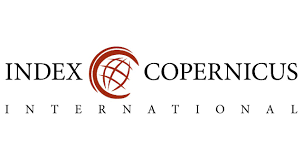The Influence of Labor Absorption on the Level of Economic Growth in Purwakarta Regency for the 2010 – 2020 Period
DOI:
https://doi.org/10.24090/ieibzawa.v1i1.886Keywords:
Influence; Employment; Economic growthAbstract
In Purwakarta Regency, employment is still fluctuating although it tends to increase. This can have an impact on the level of economic growth in Purwakarta Regency. The rate of economic growth in Purwakarta Regency fluctuates, although it tends to decrease every year. Therefore, this study aims to determine the correlational relationship between labor absorption variables and economic growth variables for 10 periods. The theory used for the labor absorption variable is Zamrowi's theory. while the theory used for economic growth variables is the theory of the Central Bureau of Statistics. This research uses a quantitative approach with secondary data in the 2010-2020 observation period. The data used comes from BPS, Bappelitbangda and Manpower and Transmigration Office. The data analysis technique in this study is statistical analysis. The test performed is a simple linear regression test. In data processing, data testing is done with the help of SPSS software. The test results show that employment has a significant effect on the level of economic growth in Purwakarta Regency. This shows that employment can increase economic growth rates. When employment increases, economic growth will increase. Thus, increasing economic growth can be done through expanding employment opportunities so that employment can increase
Downloads
Published
How to Cite
Conference Proceedings Volume
Section
License
Copyright (c) 2023 Erika Yustitia, Arief Mulyawan Thoriq, Hamdan Ardiansyah

This work is licensed under a Creative Commons Attribution 4.0 International License.











